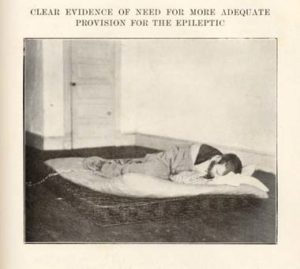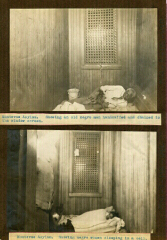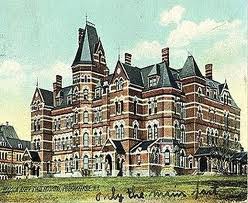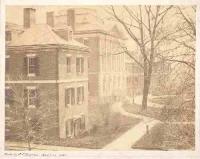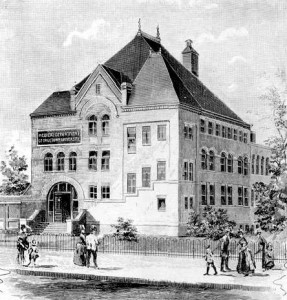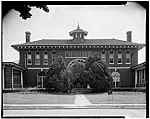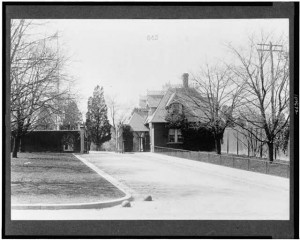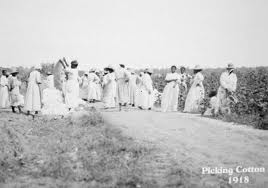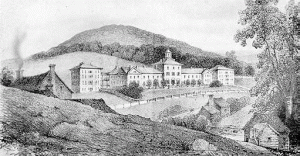Alienists had many interesting theories about insanity and what caused it, and frequently had to explain their views to the public. Court cases involving an insanity defense could create heated debate on the topic, and an article in the October, 1866, issue of the American Journal of Insanity provided a platform for such a discussion.
The case involved Mary Harris, a citizen of the District of Columbia, who shot her former lover dead. She was acquitted and released because of her insanity at the time she committed the crime. Dr. Nichols, superintendent of the Government Hospital for the Insane (St. Elizabeths), testified to her insanity, but did not mean to imply that she was cured of it. There may have been no legal way to keep her confined, however, so she was “let loose upon the community” in the words of the article’s author, Dr. Isaac Ray.
Dr. Ray did not discuss the particulars of that case, but instead went on to discuss a “class” of similar cases, where women committed heinous crimes. Because of the “peculiar influence of those organs which play so large a part in the female economy,” said Ray, these criminal acts may have been prompted not so much by motive as by the woman’s physiology. Ray went on to say, “With woman it is but a step from extreme susceptibility to downright hysteria, and from that to overt insanity.” In his opinion, many women who committed crimes like murder (as revenge), had experienced “a strong moral shock and an irritable condition of the nervous system.” He asked, “Is it strange that a person thus situated, should become insane?” (In Harris’s case, he referenced her “uterine derangement.”)

Alice Mitchell Tried to Murder Freda Ward Due to the Exciting Cause of Thwarted Love and Jealousy; She Was Found Insane and Committed to the Tennessee State Insane Asylum
Though Ray’s views seem to be compassionate, they were bad news, indeed, for females accused of insanity who might come before him for assessment. Ray was too ready to believe that their gender made them susceptible to insanity, and that it took so little to push them over the edge.






